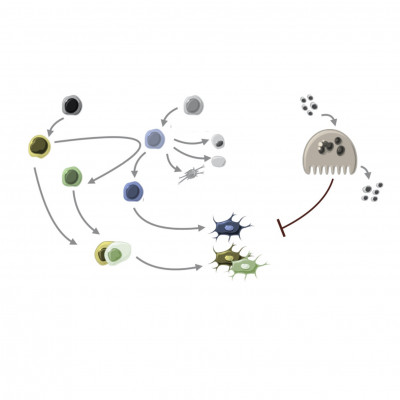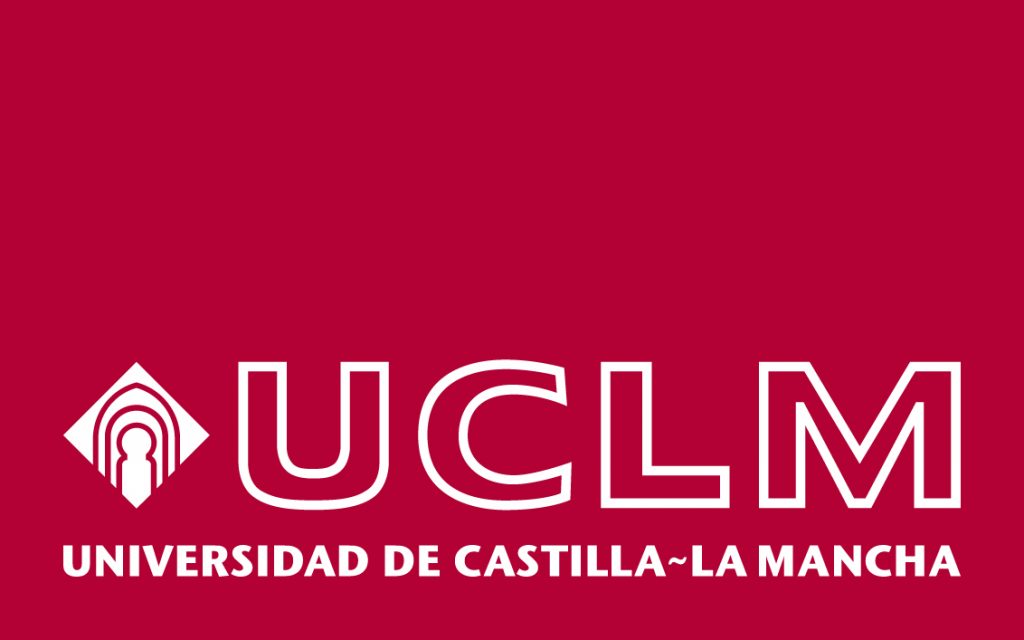Publication
A mathematical model for fibrous dysplasia: The role of the flow of mutant cells
M Soloviova, JC Beltran Vargas, L Fernandez de Castro, J Belmonte-Beitia, VM Pérez-García, M Caballero
arXiv:2402.07724 (2024)
MOLAB authors
Abstract
Fibrous dysplasia (FD) is a mosaic non-inheritable genetic disorder of the skeleton in which normal bone is replaced by structurally unsound fibro-osseous tissue. There is no curative treatment for FD, partly because its pathophysiology is not yet fully known. We present a simple mathematical model of the disease incorporating its basic known biology, to gain insight on the dynamics of the involved bone-cell populations, and shed light on its pathophysiology. Our mathematical models account for the dynamic evolution over time of several interacting populations of bone cells averaged over a volume of bone of sufficient size in order to obtain consistent results. We develop an analytical study of the model and study its basic properties. The existence and stability of steady states are studied, an analysis of sensitivity on the model parameters is done, and different numerical simulations provide findings in agreement with the analytical results. We discuss the model dynamics match with known facts on the disease, and how some open questions could be addressed using the model.














